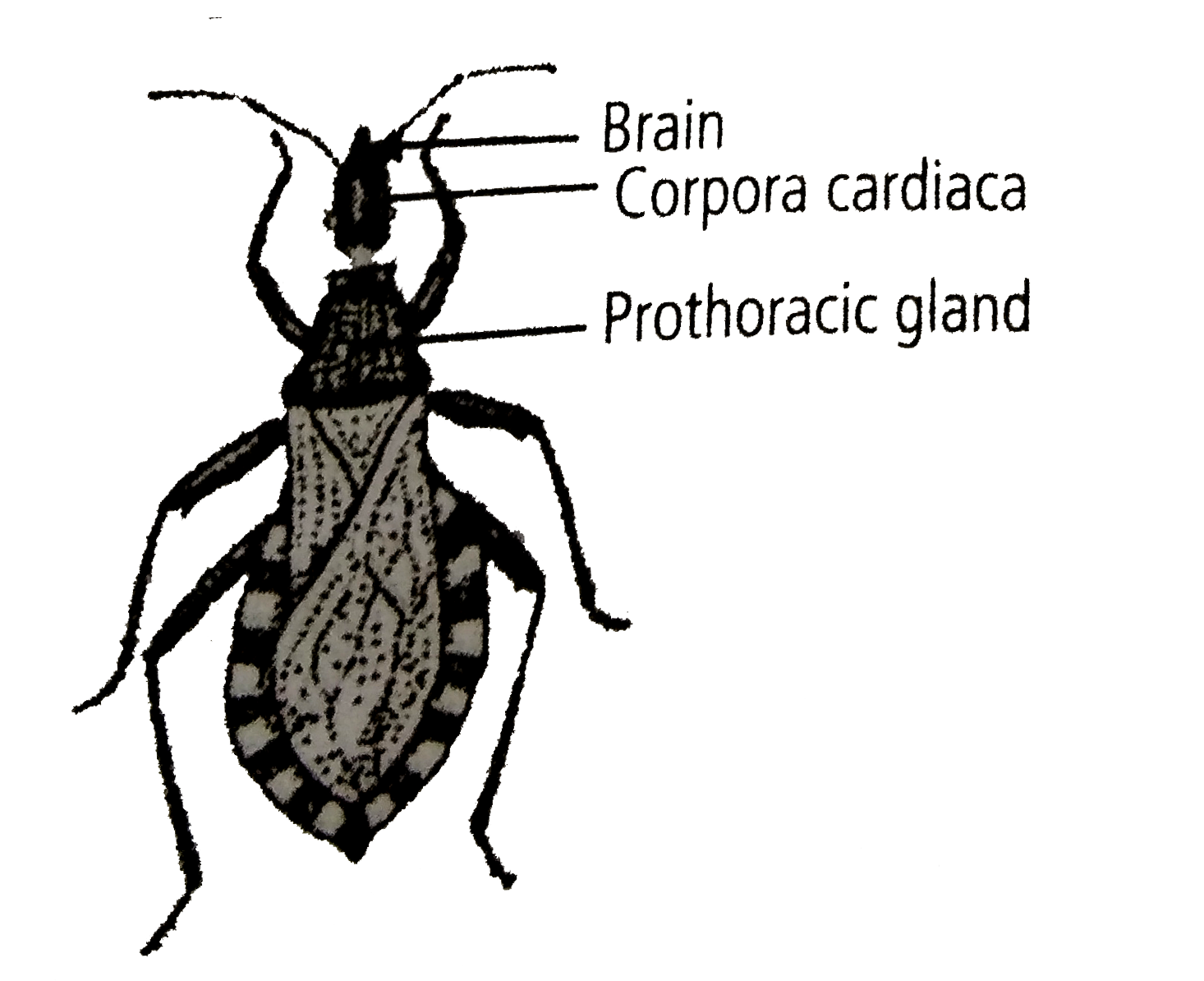Infective juvenile of Wuchereria is
First stage juvenile
Second stage juvenile
Third stage juvenile
Fourth stage juvenile
The correct Answer is:C
Step-by-Step Solution:
1. Understanding Wuchereria: Wuchereria is a genus of parasitic worms, specifically known for causing lymphatic filariasis in humans. The lifecycle of Wuchereria involves several stages, including eggs, larvae, and adult worms.
2. Lifecycle Stages: The lifecycle of Wuchereria includes different larval stages. These stages are typically referred to as L1, L2, L3, and L4, where L3 is considered the infective juvenile stage.
3. Identifying the Infective Stage: The question specifically asks for the infective juvenile stage of Wuchereria. In the lifecycle, the infective larvae that can enter the human host are the L3 larvae.
4. Entry into the Host: The L3 larvae are transmitted to humans through the bite of infected mosquitoes. Once the mosquito bites, it injects the L3 larvae into the bloodstream of the host.
5. Migration and Maturation: After entering the human body, the L3 larvae migrate to the lymphatic system, where they mature into adult worms. This process can take several months.
6. Conclusion: Therefore, the infective juvenile of Wuchereria is the third stage juvenile (L3).
Final Answer: The infective juvenile of Wuchereria is the third stage juvenile (L3).
---
Topper's Solved these Questions
Similar Questions
Knowledge Check
Which of the following affect the heat of reaction?
ALymphatic vesselsBRespiratory systemCNervous systemDBlood circulationRead the given passage and answer the questions that follows: Rhodinus, a blood-sucking bug, shows five instars before it metamorphoses into an adult. It ahs a very long head with the brain located at tip and an organ called Corpora Cardiaca (C C) behind it. The hormone that ensures the continuum of the juvenile stages is called a juvenile hormone. Behind the head is a pro - thoracic gland, which gets triggered by the Pro - Thoracico - Tropic Hormone (PTTH) to release ecdysone required for molting into an adult.

The following observations were made when the juveniles of this insect were subjected to various conditions :
1. Starved juveniles (any instar) when decapitated → remained juveniles and did not molt into adults.
2. Well-fed juveniles (any instar) when decapitated → molted into adults.
3. Starved juveniles (any instar) when partially decapitated to remove the brain cells → remained juveniles and did not molt into adults.
4. Well - fed juveniles (any instar) when partially deitated to remove the brain cells → did not molt into adults.
If an unfed, completely decapitated, fth (final) instar juvenile is connected to a well-fed, decapitated fourth instar juvenile by a glass tube so that fluids can be exchanged, what whill be the expected result ?ABoth bugs will continue to remain juveniles.BBoth bugs will molt into adult forms.CThe bug in the fourth instar will remain as a juvenile while the one in the fifth instar will molt into an adult.DThe bug in the fourth instar will molt into an adult and the one in the fifth instar will remain as a juvenile.
In the life cycle of Wuchereria , third and fourth moults of microfilaria take place in
View SolutionWuchereria occurs in
View SolutionWhich of the following is affected by the infection of Wuchereria bancrofti?
View SolutionWuchereria is found in
View SolutionIntermediate host of Wuchereria bancrofti is
View SolutionAscaris juveniles cause
View Solution
